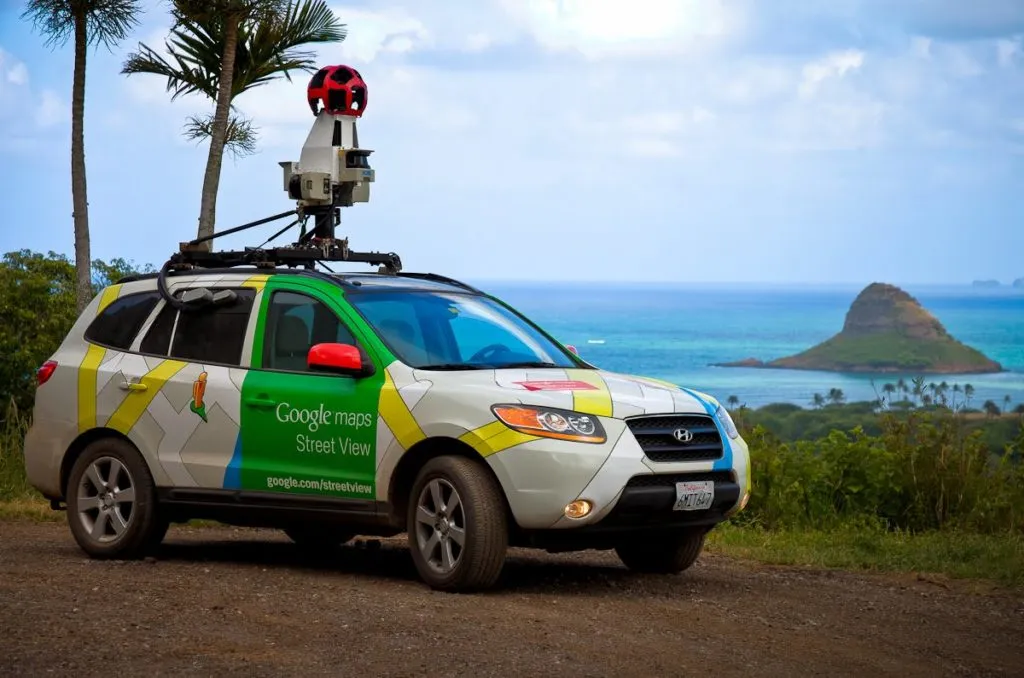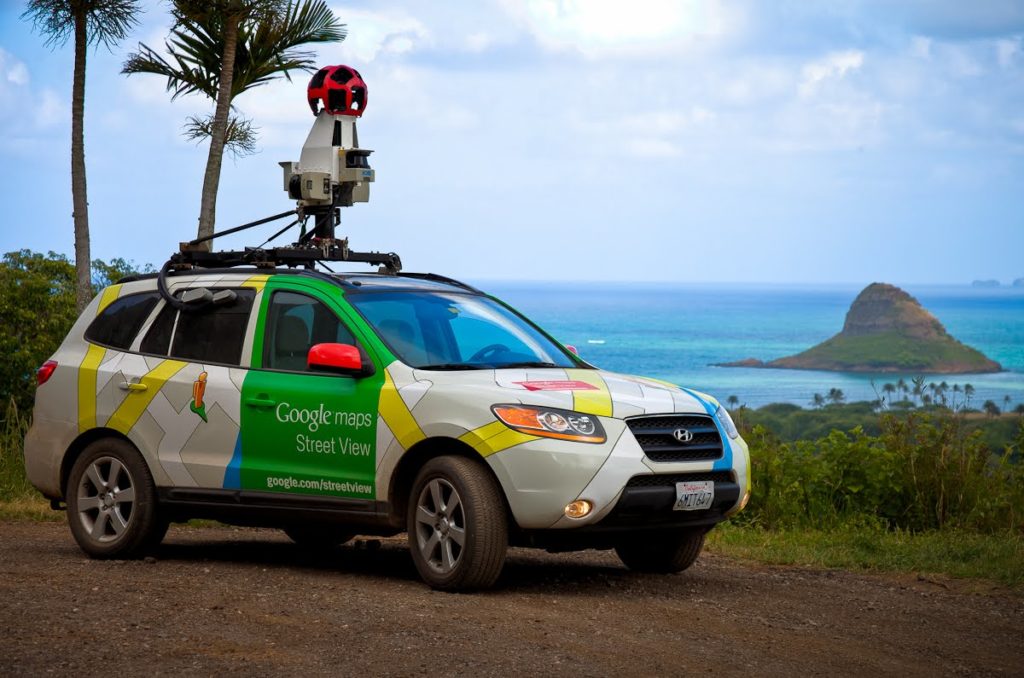
Sharing Large Raster Data with GIS Cloud – Webinar on June, 1st
A lot of industries utilize large raster data, usually obtained by aerial photography/drone mapping and satellite imagery. After the imagery is processed, the biggest challenge with large raster files becomes utilizing the data and sharing it with clients, colleagues and other organizations. This is often the case in the drone mapping business, where the great potential of raster data rarely reaches its true potential, due to its size and difficulty in sharing.
One of the best ways to share and visualise the large raster data with colleagues or clients is through the cloud-based visualisation software with GIS capabilities. GIS Cloud makes it easier for those who work as data providers or with drone imagery to deliver the end-product in the most user-friendly way possible. If you wish to learn more, register to the free webinar scheduled for June 1st.
Webinar Time and Date:
Thursday, June 1st at:
8 am PST 11 am EST 5 pm CET
These topics will be covered:
- The benefits of a cloud for remote sensing and sharing drone data with clients
- Success stories from GIS Cloud users
- Live demo – how to consume your raster data in GIS Cloud
- Q&A session
Who Should Attend:
- Anybody interested in sharing large raster datasets with their clients, colleagues and other organizations
- Those who want to know more about applications and benefits of GIS Cloud for drone mapping
- Existing and future GIS Cloud users as well as potential partners









